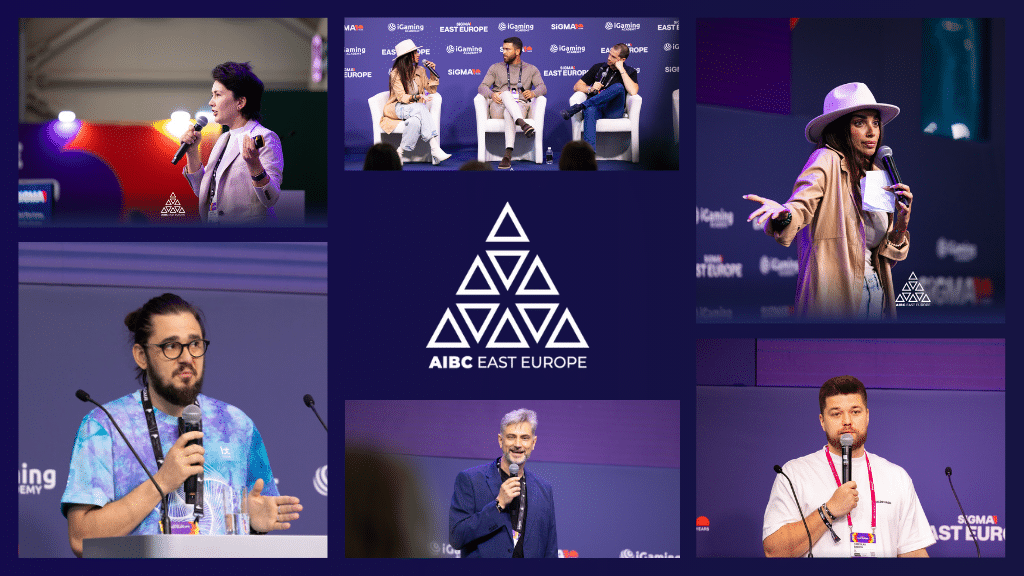Betting Against Malthus: How Science Can Stop a Disaster Before It Happens

“Demography is destiny.”
French philosopher and proto-sociologist Auguste Comte
In a BLOCK opinion piece, SiGMA’s Content Research Lead Kyle Galea speaks about AI, Aging, how innovation can stop a crisis and how it already has in the past
For most of human history, the ability to reach a venerable age was itself a form of success. In a more hostile world, making it to retirement was an accomplishment rather than an assumption. The more our technology evolved and adapted, the more we were able to create an environment where broader demographics were allowed to live safely and well into retirement.
While this has been a genuinely positive outcome, we now find ourselves in a novel situation with no historical precedent. As the demographic from the largest population boom in human history ages while fertility rates across the developed world drop precipitously, we may soon be facing what some have termed an “aging crisis.” While the term “crisis” may be polarizing, this demographic shift will have massive effects on the global economy, political system and even society due to a broad array of issues such as dropping productivity or increased strain on healthcare systems. While the scale of such a shift may be daunting, the human ability to adapt and innovate cannot be underestimated when it comes to threats of this scale. To realize this, all we have to do is to look to the very recent past.

The Five-metal wager:
In 1968, American Biologist and Professor Paul Ehrlich published The Population Bomb. This text outlined the seeming inevitability that mankind as a whole was on the path to a demographic catastrophe. Citing Malthusian pressures, he indicated that the massive population spike where the global population doubled between the 1950s and 1987 would obviously outpace the species’ ability to sustain itself. Ehrlich argued that this would have devastating effects with conflict over resource scarcity and mass starvation sure to follow. While acting as an academic justification for this fear, it was also symbolic of a genuine panic during the 1960’s and 70’s that we had backed ourselves into a corner demographically with the media of this period, as seen in Soylent Green and Stand On Zanzibar, only giving voice to this concern.
This is where Business Professor Julian Simon comes in. Challenging Ehrlich on the grounds that human innovation and progress will find a way, the two settled on a bet. Selecting the prices of five metals: chromium, copper, nickel, tin, and tungsten, the two wagered on the inflation adjusted price of the metals by 1990. If their prices went up, this would prove that Ehrlich’s resource scarcity thesis was correct. If they went down, it would validate Simon’s argument that innovation would prevail.
Cue the Green Revolution. A combination of technological breakthroughs between the 1950’s and late 1960’s such as chemical fertilizer, mechanized irrigation and the use of high-yield crops would see an explosion in agricultural productivity. One of the key figures, agronomist Norman Borlaug, received the Nobel Peace Prize for saving an estimated 1 billion people from starvation. The revolution played a pivotal role in increasing nutrition, reducing poverty, causing a decline in infant mortality and even directly causing a decrease in carbon emissions and subsequent increase in land available for reforestation. Today, while having a larger population than the 1960’s, we are the best fed population in all of human history. In October of 1990, Simon received a letter from Ehrlich. In it, he found a check for $576 and 7 cents, settling the bet in Simon’s favour.
A path forward:
So what does the price of Tungsten in 1990 and efficient agriculture have to do with demographic aging? The Simon-Ehrlich Wager reflects a broader mechanic in the Anthropocene. In many ways, technological innovation is one of the main forces that our future is dictated by. Hence, an incoming “crisis” can be annulled before its effects can come to be felt if innovators, the private sector and policymakers preempt it through investment, enterprise and shrewd policy.
From my own personal perspective, I see two technological branches which hold extreme promise in this regard: artificial intelligence and bio-tech. In terms of the former, research by PwC led them to argue that AI can contribute $15.7 trillion to the global economy by 2030, an output higher than the GDP of China and India combined. Its ability to augment productivity to offset any shortfall would be monumentally important in the near future. Artificial intelligence also comes with the added benefit of increasing productivity while also reducing the necessity for the human element, making it the perfect remedy for this specific issue.
The latter, bio–tech, refers to a broad array of fields in medical and biological technology. In what the World Economic Forum has termed “The Longevity Effect”, advances in bio-tech could come to mean that the average person would be able to live a longer, healthier and more productive life that would dull any expected damage from a demographic shift. We can see the beginning of this phenomenon today. Japan has both a demographic trend towards aging as well as one of the most globally renowned healthcare systems. It may therefore be surprising to note that, according to a state survey in this very same year, over 40 percent of Japanese aged 60 and above were willing and even motivated to continue working. We also see a lot of overlap between the two areas.
AI has already shown to be a powerful tool in the diagnosing of cancer, healthcare pertaining to Alzheimer’s disease and in putting aggregate data to good use. If we play our cards right, we may see a future where less people would be able to work less hours while living at the peak of their health for longer.
In conclusion:
In conclusion, necessity has tended to serve as the mother of invention but only when stakeholders rise to the challenge. In the 21st century, innovation and technological advancement have been our main tools in both averting disaster as well as in creating a better and, in recent years, more sustainable standard of living. With this in mind, it is therefore up to the investors, entrepreneurs and researchers of today to spearhead a better tomorrow.
Join us in Belgrade, Serbia from the 22-25th August:
With the peninsula being known for its natural beauty, rich cultural landscape and fantastic delicacies, the Balkans are renowned for having some of the most quintessentially Mediterranean vistas and experiences. From the Adriatic coastline of Split to the fairytale-esque castle of Lake Bled, the region has a lot to offer the world. This being said, something that fewer may know is the fact that the nations of the Balkans are incubating a nascent but powerfully growing technical expertise when it comes to frontier technology such as Blockchain, AI and more. Therefore the region may not only be a rich adventure into the past but my also serve as a window into the very near future.
Join us in Belgrade for the best the industry has to offer and for a window into the future of Deep Tech. To learn more about sponsorship and speaking opportunities or to inquire about attending the event, please contact Sophie at [email protected]







